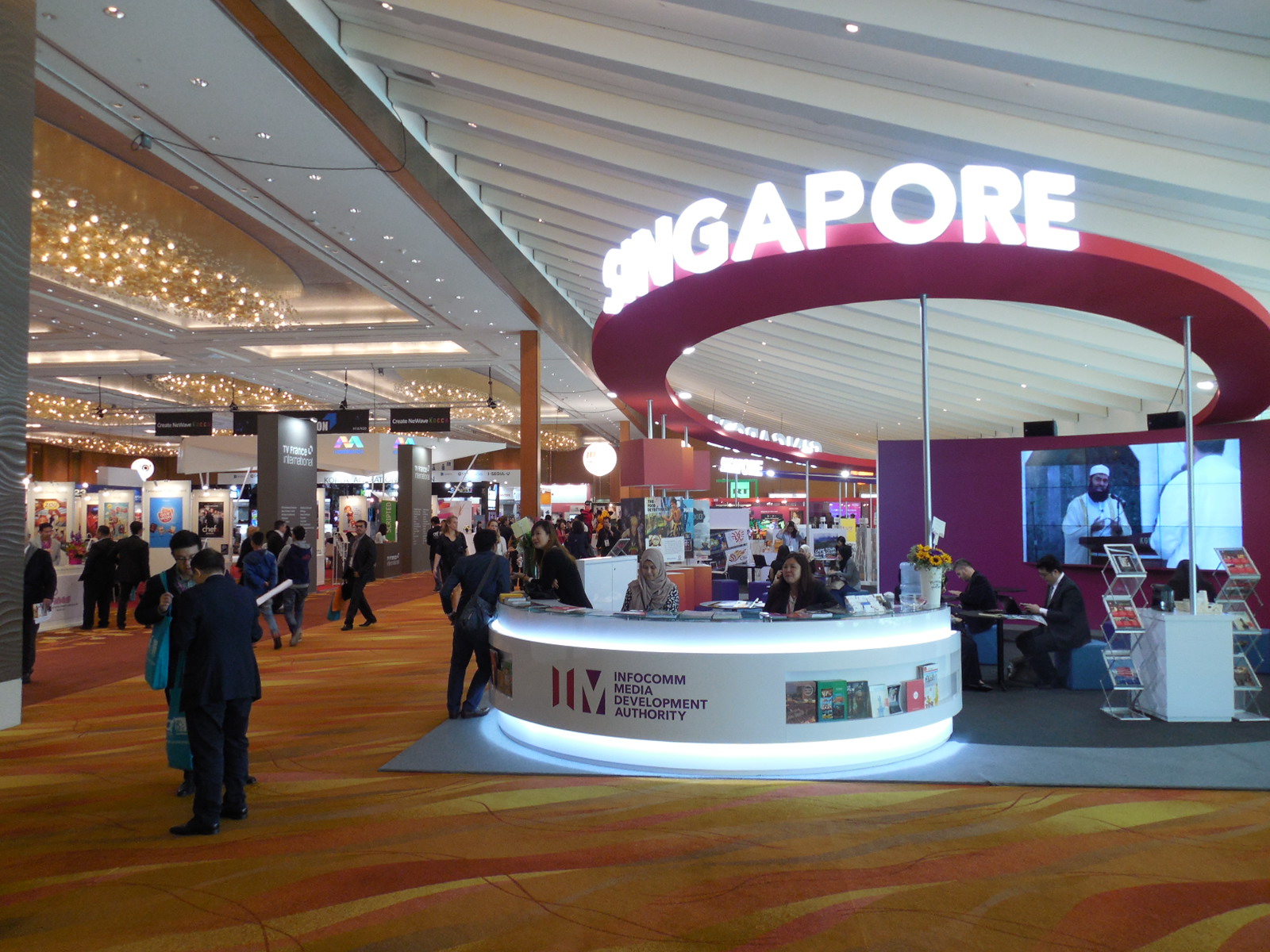“It is much better than last year,” commented Televisa’s Mario Castro, at the end of Asia TV Forum’s first day. “We were thinking of canceling after last year’s disappointing market, but so far ATF is proved much improved.”
The event, in its 17th edition this year, is being held at the traditional Marina Bay Sands in Singapore, December 7-9, and was preceded by a full day of seminars on December 6, while the Screen Singapore conferences are set to take place on Friday, the market’s last day.
As usual, VideoAge focuses on gathering market information and in this respect our reporters were surprised in finding European buyers, like YLE’s Johanna Salmela, who was looking to acquire Asian TV series, “with limited number of episodes to be subtitled in Finish.”
In line with this year’s theme of “Content on Every Screen,” the market floor featured a virtual reality stand, promoted as a “showcase of the latest and most innovative technologies.” However, VideoAge reporters did not see a display of technologies paraded anywhere.
What could be seen was an obvious increase in participation that, according to official statements, reached 5,000 attendees and a record number of 738 exhibitors, including all the U.S. studios that, this year and for the first time, included Twentieth Century Fox Television Distribution.
ATF also features a large presence of Turkish companies that even included the Istanbul Chamber of Commerce and an increased number of pavilions, which reached 21 even though the Canadian “pavilion” consisted simply of a stand with logo of participating companies displayed on a board. However, other pavilions, like those from Japan, France, Korea, Malaysia and Singapore (pictured above), were really big.
Reduced was the Italian presence, with only Mondo-TV exhibiting with local staff and from Latin America.
Before the market started, Jodi Mackie of Canada’s Breakthrough Entertainment already had predicted an increased attendance. However, the region remains challenging, “mainly due to the diversity in programming needs from one territory to the next,” she said. “Budget limitations and the abundance of regionally produced content are also limiting factors to the success in licensing Western content in Asia as a whole,” she said. “Throughout Southeast Asia, we have our strongest partnerships with the pan-territorial broadcasters and digital platforms. However, this past year we’ve seen significant growth in our regional sales specifically in Taiwan, China, Korea and India.”
To Mackie, “Asia has consistently been a global leader in innovation and technology. Content that showcases new technologies such as virtual reality, drone photography and the 4K evolution are very much in the limelight.
According to Beamish Gakhar of India’s Zee TV, audiences in Asia “want to see their own, localized programming. This is why Zee developed the Format Factory, so we can share our creative stories in a new way. Love stories and reality shows have always been a hot favorite of Asians,” he concluded.


Leave A Comment